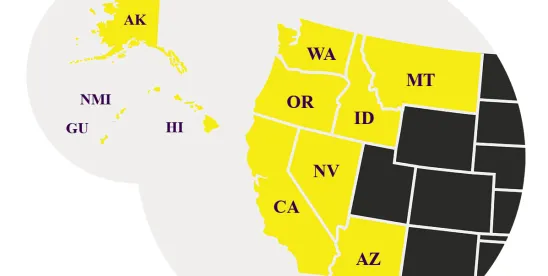Should a defendant found liable for stealing trade secrets have to fork over all of the research and development costs it theoretically avoided by misappropriating the secrets? Yes, according to the “avoided costs” theory of unjust enrichment that is gaining traction and resulting in large verdicts in DTSA and UTSA cases around the country.[1]
The theory is gaining such traction that in a recent decision out of the Southern District of California, the parties did not contest the availability of “avoided costs,” and the court accepted it as a viable remedy without dispute. Medimpact Healthcare Sys. v. IQVIA Inc., No. 19cv1865-GPC(DEB), 2022 U.S. Dist. LEXIS 186470, at *1 (S.D. Cal. Oct. 7, 2022). Instead, the parties fought over the appropriate method for calculating those costs and the scope of the costs, given the particular trade secrets alleged—issues that the Court left for further briefing.
The “avoided costs” theory is rooted in statutory language in the DTSA allowing “damages for any unjust enrichment caused by the misappropriation of the trade secret that is not addressed in computing damages for actual loss” (see 18 U.S.C. § 1836(b)(2)) and a similar provision under the UTSA. The purpose of “avoided cost” damages is “preventing wrongdoers from keeping ill-gotten gains,” not making the plaintiff whole. Syntel Sterling Best Shores Mauritius Ltd. v. TriZetto Grp., No. 15 Civ. 211 (LGS), 2021 U.S. Dist. LEXIS 75875, at *24 (S.D.N.Y. Apr. 20, 2021). Accordingly, they “do not require a corresponding loss to the plaintiff.” Id.
How then should we calculate costs that defendant avoided but would have hypothetically incurred if it had developed the trade secret on its own? Courts take a “flexible and imaginative approach.” GlobeRanger Corp. v. Software AG U.S., Inc., 836 F.3d 477, 499 (5th Cir. 2016). This might include using plaintiff’s development costs as a proxy for what defendant would have incurred. Id.
As the court noted in Medimpact, the Ninth Circuit has yet to weigh in on “avoided costs” as a trade secret remedy, but a number of other courts have recognized it. These decisions are expanding the potential recovery for plaintiffs who can show that it would have taken millions of dollars and years of work to piece together the secrets defendant misappropriated. This remedy can significantly change the award calculation where the defendant has gained a large advantage by taking the trade secrets, but it is difficult or even impossible to calculate the corresponding harm to the plaintiff.
In May 2022, a Virginia jury awarded $2.04 billion for misappropriation of trade secrets involving the plaintiff’s software and development platform and related claims. See Appian Corp. v. Pegasystems Inc., No. 2020-07216 (Va. Cir. Ct. Fairfax Cty. May 9, 2022). Avoided costs was a key theory in the plaintiff’s case. A few years earlier, a federal jury in Wisconsin returned a verdict of $140 million based on avoided costs, and an additional $280 million in punitive damages. While the Seventh Circuit determined the punitives were excessive, it affirmed the $140 million in avoided costs. Epic Sys. v. Tata Consultancy Servs., 980 F.3d 1117, 1132 (7th Cir. 2020).
In the Second Circuit, a battle is brewing over a $285 million jury award for costs the defendant avoided by misappropriating plaintiff’s insurance administration software. After the jury’s verdict, the defendant unsuccessfully moved for judgment as a matter of law on the “avoided costs” theory. Syntel Sterling Best Shores Mauritius Ltd. v. TriZetto Grp., 15 Civ. 211 (LGS) (S.D.N.Y. Apr. 20, 2021). On appeal to the Second Circuit, the defendant argued that avoided cost damages are only available when the defendant misappropriated the “full value” of the trade secret—a limitation plaintiff contests. The Seventh Circuit heard argument on September 19.
On the other hand, in 2018 New York’s highest court rejected avoided costs in E.J. Brooks Co. v. Cambridge Security Seals, 31 N.Y.3d 441, 441 (N.Y. 2018), explaining “[u]nder our common law, compensatory damages must return the plaintiff, as nearly as possible, to the position it would have been in had the wrongdoing not occurred—but do no more.”
Given the growing recognition of “avoided cost” remedy, we are likely to see more high dollar verdicts and a developing body of case law on the methods of proof for avoided costs, the scope of those costs and interplay between hypothetical costs and the particular trade secrets at issue. Parties involved in trade secret disputes and early stage litigation should carefully consider the potential applicability and scope of avoided cost damages when evaluating and prosecuting misappropriation claims.
FOOTNOTES
[1] “DTSA” refers to the federal Defend Trade Secrets Act. The “UTSA” refers to the Uniform Trade Secrets Act, which has been adopted by most states.


 />i
/>i

